Coming together for a “barn raising” is as old as America. It is only natural that that same spirit has been harnessed to build places for kids to play.
There is very little evidence that the early years of the playground movement used volunteers but is safe to assume that many did. The modern trend of community involvement in building playgrounds dates from 1960 and the work of Paul Hogan and his Playgrounds for Free program. My efforts with Build Your Own Playground began a few years later. Paul and I shared the vision that playspaces for kids could be volunteer-built. We also shared the process of site-building the play equipment.
The community site-built movement is still alive. Robert Leathers and his company, Leathers and Associates, have done hundreds of installations. There is even a group called Community Build Association (communitybuilt.org) with 26 member companies.
Site-built playgrounds are predominately fabricated with wood, and while that material maximizes citizen involvement, it limits what can be fabricated with hand tools – it’s pretty tough to build a spiral slide with hammers and saws. Realizing this limitation in the ’80s, both BigToys and Landscape Structures developed a series of kits that were ideal for community builders. The big advantage of this approach is that the factory-made apparatus can be made to a consistent standard and supported with warranties and replacement parts. Today, most site-builders use commercially-sourced play events and restrict onsite fabrication to architectural elements, thus creating a hybrid system that can be the best of both worlds.
Most manufacturers and governmental agencies now accept volunteer building as a matter of course. The national non-profit KaBOOM! is by far the largest proponent of this approach having installed well over 2,000 playground systems.
Around the world service groups of all sizes are installing playgrounds. The two largest groups are Rotary International and Kiwanis for whom playgrounds have become something of a special focus. Indeed one member, Jim Roberts of Napa, California, has spearheaded the installation of 60 play structures within his community.
The Benefits of Community Built
Cost savings is, of course, high on the list of benefits. Equipment installation costs range from 20 to 50% of the value of the apparatus. Today’s play systems are modular and comprised of well-designed and relatively simple components. Anyone who can dig holes, mix cement, and assemble a bike can build one. Most communities have experienced craftsmen who can shepherd the project, and post-installation inspections will catch any errors.
Connecting neighbors is often cited as one of the most compelling reasons to do a community-build. Interestingly, the impact of the project by Jim Roberts in Napa became immediately apparent during their recent earthquake. Jim’s projects brought together hundreds of neighbors who got to know each other and learned to work together. This reservoir of collaboration was instrumental in getting Napa back on its feet and in business again within weeks of the disaster.
Sense of ownership is another benefit of community building. The feeling that “My dad, mom, and neighbors helped build this playground” is one way to protect playgrounds from vandalism. I get reports every time the word playground is mentioned in a news item. About once a week a playground is torched, most often by a disgruntled youth. This suggests that while community-builds are great, the closer to home the volunteers come from, the better. An extreme example of this is the Pogo Park (pogopark.org) project. Founded and directed by Toody Mather, Pogo Park builds playgrounds in one of the toughest parts of America. Not content with installing commercial equipment, Toody’s team builds their playgrounds literally from the ground up and fabricates everything they possibly can. Neighborhood residents do all the work. The beauty of her system is that rather than just volunteers, many of these workers are paid for their time and are gaining trade skills that will lead to careers. And an added benefit is there has been no vandalism at a Pogo Park.
An often-overlooked benefit of community builds is that the participants gain an increased sense of place; that this playspace is their home turf. Modern life is full of disconnects. As a highly mobile society it’s hard for many to feel like they belong. This is another side of the sense of place that these projects engender. The sense of belonging is a very personal, powerful, and empowering experience. I have seen volunteers go on to run for the school board and win. Many others have taken this sense of empowerment to launch significant changes in their lives, families, and community.

Realizing the Full Potential of Community Build
Volunteer building has overcome the doubters and proven its value. We know that these projects can save money, be compliant with safety standards, are maintainable, and greatly enhance the sense of community. As the Pogo Park project has demonstrated, the more community involvement there is, the greater the benefits.
Given this success, it could become the preferred method of creating playgrounds. That hasn’t happened yet, but there are a number of trends that suggest that community building will become more popular.
Site Fabricated Playgrounds
Over the past few decades site-fabricated playgrounds have grown in scale and complexity to rival any other method of construction. Such projects would be problematic without having experienced consultants guiding the process. Imagine, if you will, what you would do if put in charge of such an effort and arrived on workday to find a pile of materials and over 100 eager volunteers. In some respects, the construction is the easy part. Organizing the crews, providing instructions, managing the egos, and insuring the safety of workers is at least as much work.
But smaller projects, like those in early childhood programs, are much more feasible, and in past years parent-built play was the norm. Unfortunately, that option is rarely used nowadays. During the rollout of U.S. Consumer Product Safety Commission (CPSC) and ASTM International (ASTM) requirements, most such playgrounds got a safety inspection either by choice or by regulation. In those early days many inspectors where poorly trained, often referred to as “one-day-wonders,” and they tended to apply the requirements to virtually every element on the playground. A typical example was flagging a boulder along a pathway or a playhouse up against a building, because they didn’t have a 6-ft fall zone on all sides. This draconian process was unfortunate on several levels. First, by-and-large the playspaces generally had many, many years of safe use. Unlike public playgrounds, trained adults constantly supervise them. The result of this inappropriate application of safety regulations resulted in the wholesale removal of play features that were lovingly crafted, developmentally appropriate, programmatically essential, and safe.
The greatest tragedy however was yet to come, for where were these programs to turn for solutions? You guessed it, playground equipment manufacturers. The problem was that most companies were poorly equipped to meet the need. Yes, they could provide scaled-down play structures and a swing, but active play represents a small part of the needs of early childhood programs, yet this solution often used 100% of available budget and space. It has only been in the last few years that some commercial suppliers have developed a full range of age and program appropriate playspace furnishing. The majority of early childhood programs will be waiting for a long time before they can remodel their spaces to take advantage of these new products.
Or they just may choose to go back to building their own now that they can do so and not be afraid of non-compliance.

Naturalized Playspaces
The idea that children need more access to nature is gaining momentum. Such projects are ideal for community builds for several reasons. These projects tend to be less tool-skill intensive, so a much wider range of volunteers can be engaged. Unlike a hardscape playground, which is finished when the last bolt is tightened, a naturalized playscape continues to require care for some time particularly until the plants get established. Many of these projects also include a community garden, so there is a more or less permanent community of residents who identify with and care for the space.
Often referred to as “natural playgrounds,” I contend that they are neither. Far from being “natural,” these spaces require tremendous efforts to select plant materials, prepare soil, install irrigation, and husband the plant materials until they are established.
Nor or they “playgrounds” as we have come to understand and use the term, i.e., swings, slides, climbers, and their supporting architecture. Such spaces are more landscape than hardscape. The problem with applying the term playground is that it sets up expectations for standards compliance, maintenance, and function, which are inappropriate and counter-productive.
Artistic Playspaces
There is a natural affinity between art, creativity, and childhood.
As Paige Johnson has so powerfully demonstrated in her Playscapes blog (www.play-scapes.com), artists have a real place on playgrounds. For example, her Pinterest collection of playground sculpture has 92 pins and her natural playscapes has 212 pins, most of which include sculptural elements in wood and stone.
Many designers and some of the most influential figures in the playground industry started out as artists. In my own experience, I found that my large sculptures became popular with kids for climbing, and it was natural to begin to make them even more suitable for play. Also I really liked the idea that my work would be accessible in parks and not confined to museums.
Community-built playspaces have always had the advantage that they are unique and help establish local identify. The inclusion of artists elevates these projects to new levels. This is a niche in the market that is very difficult for equipment manufacturers to fill, structured as they are for mass production.

The Trouble with Artists
Adding artists to the process of creating a playscape can be challenging. Each artist has his or her own way of working, how they perceive their work, and their tolerance for public input. The most common method of integrating art into a playground is simply commissioning a work. With the proper scope of work, design performance criteria, and review process, creative additions can be quite successful.
An even more exciting process can occur when the artist is willing to allow volunteer collaboration.
For kids, working side by side with an artist can be a mind-expanding experience. I recall during a community-build that a child asked me what I did for a living; when she found out that we were doing it right then, her mouth dropped open in disbelief. She ran over to her mother and asked if such a thing could be true. When she learned that it was possible, she shouted, “Mom, can I make playgrounds too?”

Placemaking
In recent years there has been a growing movement called “placemaking” to which volunteers are a central resource.
Public Workshop (publicworkshop.us) has a program called Tiny WPA that gives teens, and especially girls, hands-on experience by building a playground and other urban amenities.
The Project for Public Spaces is another effective organization in this area. They have promulgated Eleven Principles for Creating Great Community Places, which include:
- The Community is the Expert
- Create a Place, Not a Design
- Look for Partners
- You Can See a Lot Just by Observing
- Have a Vision
- Start With Petunias: Lighter, Quicker, Cheaper
- Triangulate Points of Interest
- They Always Say “It Can’t be Done”
- Form Supports Function
- Money is Not the Issue
- You are Never Finished
These principles are polar opposites of the standard process of developing municipal spaces, and it is no wonder that they engender a lot of skepticism by public officials. The key here is that the process is designed to empower citizens rather than rely solely on experts and top down governmental control. While the traditional approach is obviously necessary for most public infrastructure projects, it is not necessary for playgrounds.
The good news is that there are thousands of examples of extremely successful projects ranging from school grounds to large parks, so the “It can’t be done” objection loses most of its power to obstruct.
Public Relations
Throughout the last three centuries of playground history there has always been a strong thread of public service. Playgrounds have figured in campaigns for health, safety, and accessibility, bringing public attention to the needs of children. Projects like those of KaBOOM! are only possible because the donors are not only motivated by civic duty, but also because of the halo effect of such projects on their corporate brand.
The relative PR value of playground projects goes something like this.
Level One – A donation that leads to a ribbon cutting of commercial equipment installed by contractors is nice but not very noteworthy.
Level Two – Community installation of commercial equipment by non-residents gets more notice than just a cash gift.
Level Three – Community-build of unique features gets huge attention for a long time.
Level Four – A playspace built by the neighborhood that includes plants, gardens, and playful art is a living monument that will continue to generate stories for decades.
There have been several studies that show the value of parks and playgrounds for both the community and property owners. It may sound cynical but city managers or park directors should leverage these documented benefits and seize the potential that a level four project represents.


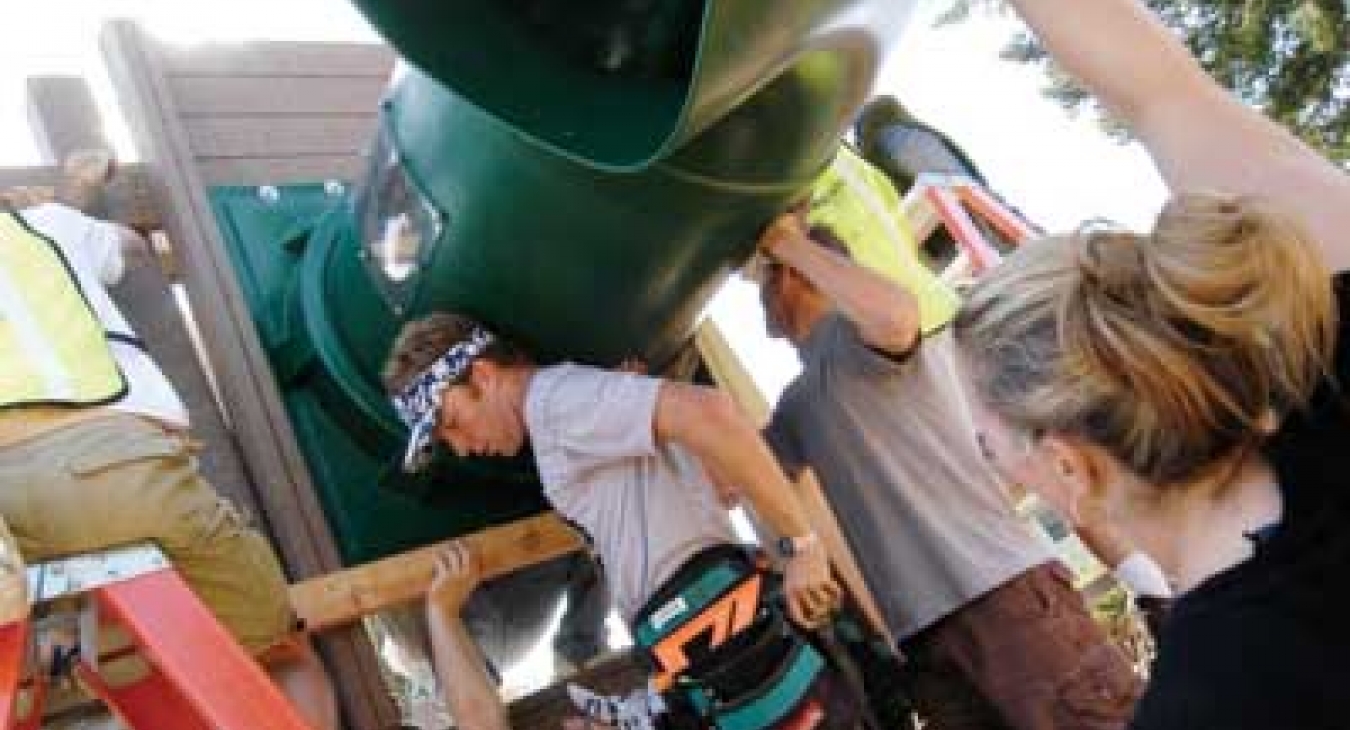
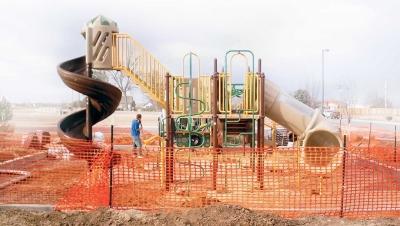
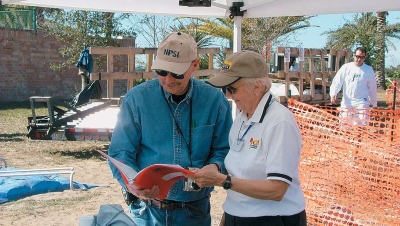





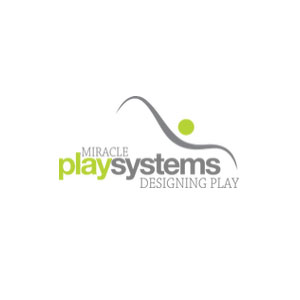
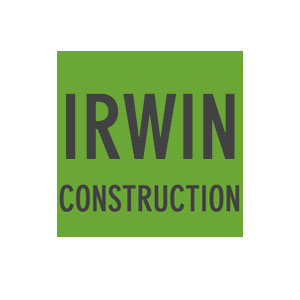
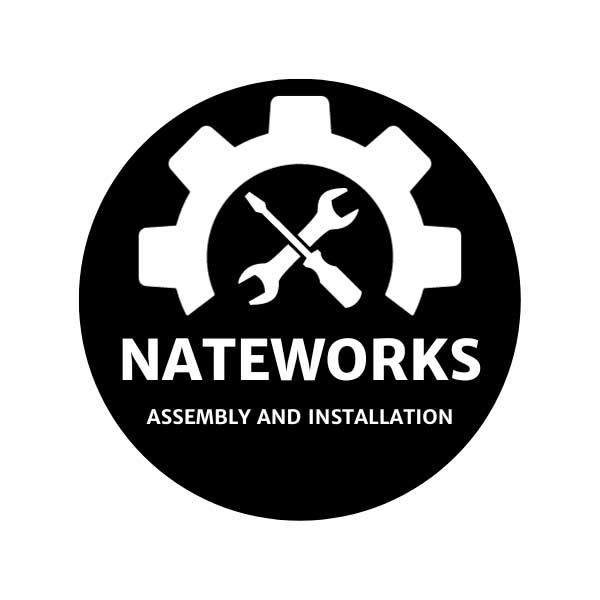

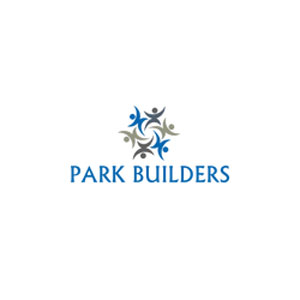

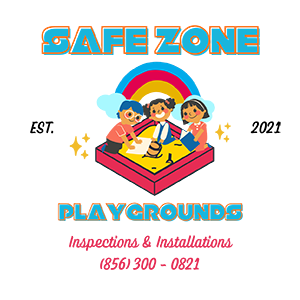

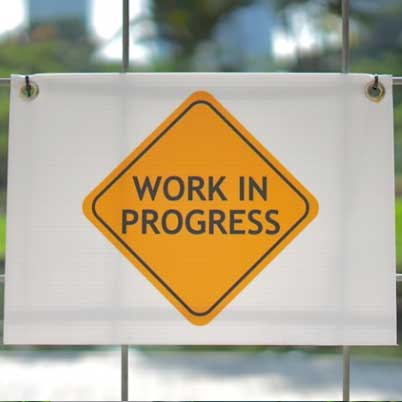

Add new comment